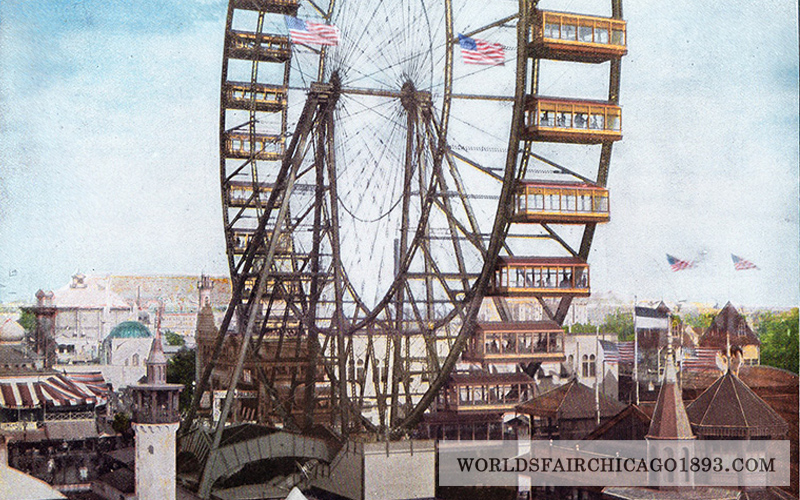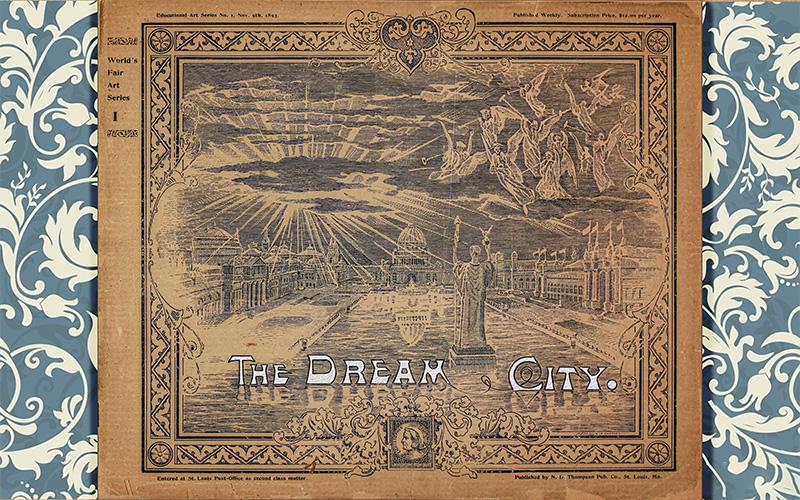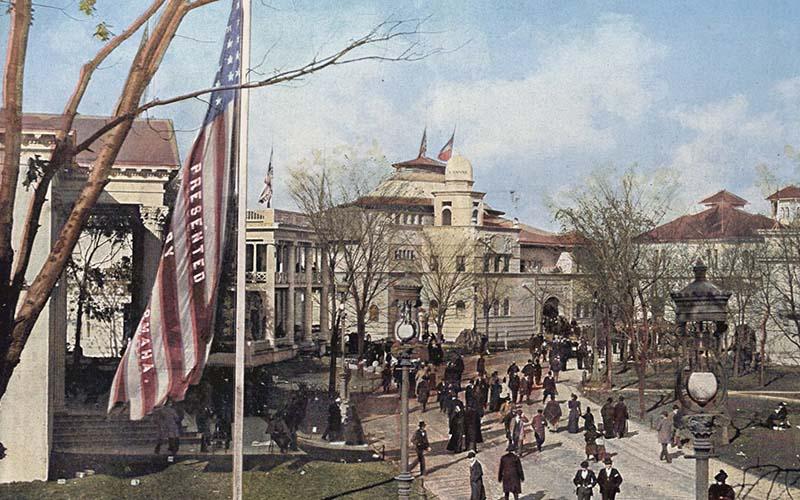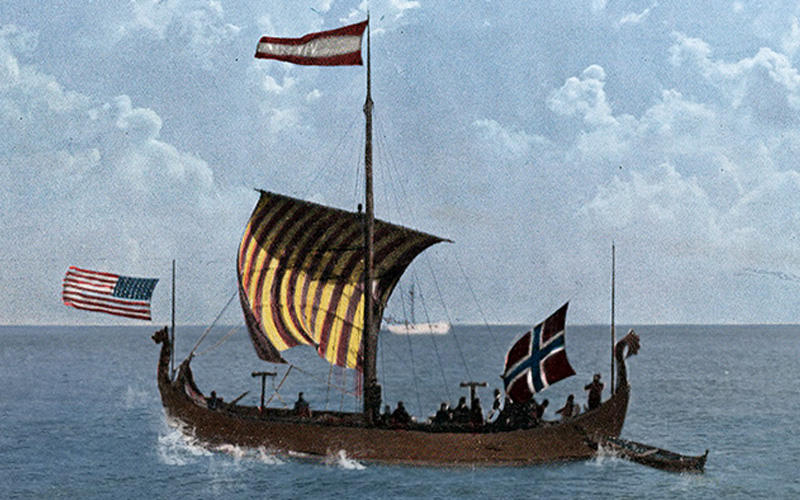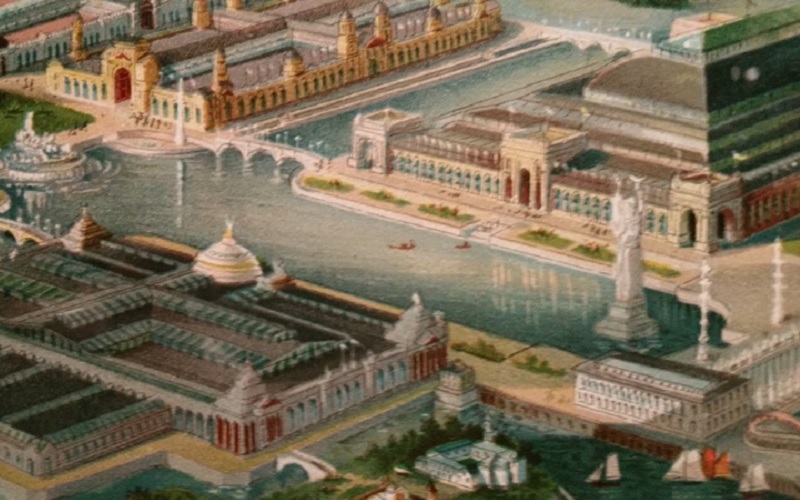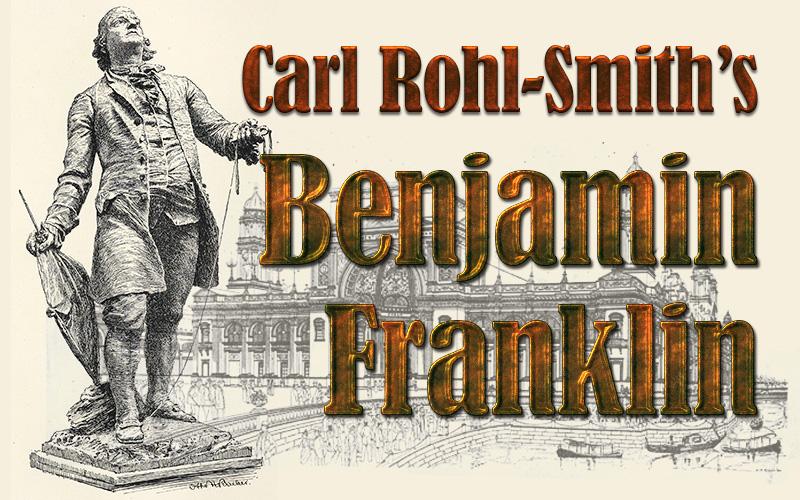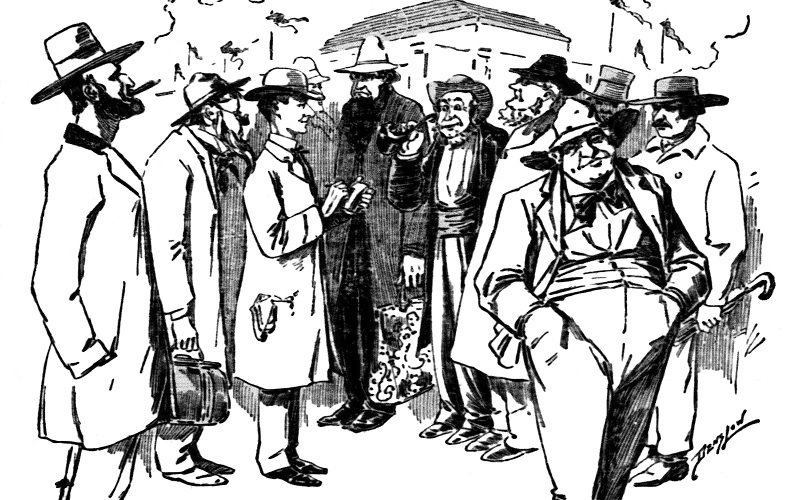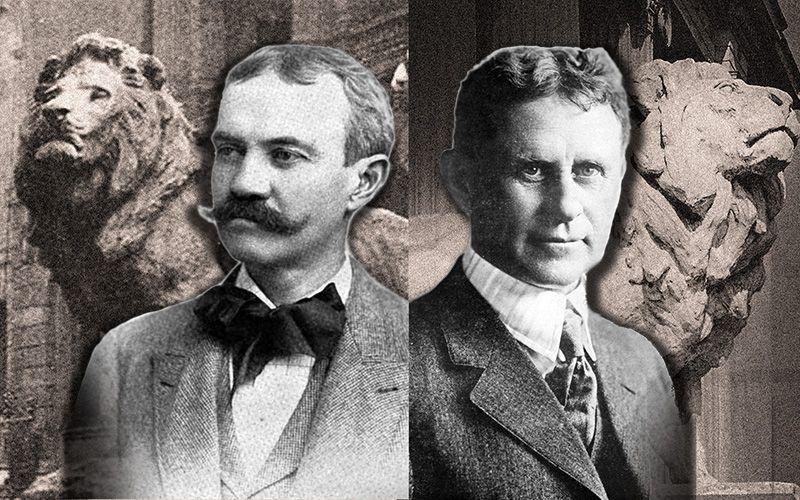“Think of it. Three thousand people on a wheel!”
The magnificent Ferris Wheel on the Midway Plaisance of the World’s Columbian Exposition opened to the public on June 21, 1893. Some first-hand accounts of riding in the mechanical monster capture the thrill of what it felt like for those first passengers—many of whom may have never even been in a building with more than a few floors tall—to be lifted into the air. A special correspondence to the San Francisco Morning Call (July 7, 1893) shared this experience [...]

